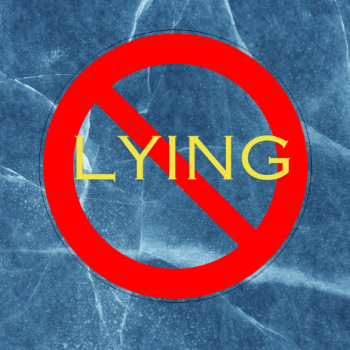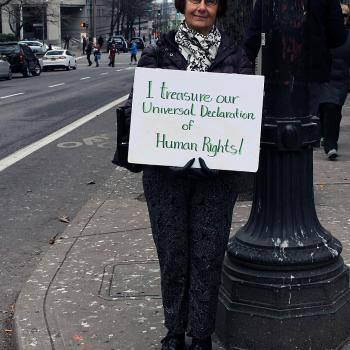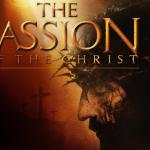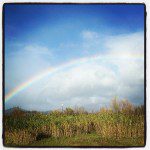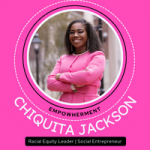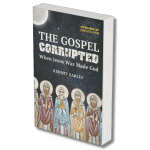This summer I will be taking up yet another rite of passage familiar to graduate students everywhere: teaching the US History survey. And like most grad students building a syllabus and planning lectures for the first time, I’m experiencing an uneasy mix of excitement and confusion as I try to answer all the questions that emerge from the process. It seems the key word here, and the source of so much difficulty, is balance. How do we balance the need and desire to teach “hard” content alongside the larger processes that constitute historical thinking itself? How do we balance the presence of standard topics and narratives with those of the underrepresented and the marginalized? And the most important issue of balance: how do I finesse the syllabus so I get to talk about the stuff I really like?
I kid on the last point, of course, but as I have played with themes and lecture schedules and assignment possibilities, I have indeed wondered where religion “fits” in the survey. I have been lucky enough to TA for four sections of the survey so far (two of the first half, two of the second), so I have had several opportunities to see how religion has been folded into the survey in a few different ways. Reflecting on those personal experiences, as well as on syllabi I have unscientifically gathered from around the internet, it seems that religion is often touched on sporadically in most survey courses, and usually in relation to significant “non-religious” events. The first half of the survey frequently sees more explicit treatment of religious events and themes, which is perhaps unsurprising. Not only do you have major religious subjects that have been regularly connected to broader currents in American history and thus see substantial textbook treatment, such as the Great Awakening, but you also have the larger question of the place of religion in the founding itself, a question that virtually guarantees engagement and debate from students. Not so for the second part of the survey, the section I am preparing to teach, where religion gets attention around the social gospel and the fundamentalist/modernist controversy, maybe later in relation to the civil rights movement or conservatism in the late-twentieth century, and that’s about it. It often feels less integral to the larger narratives of the course, more episodic than persistent or organic.
Read the rest here




